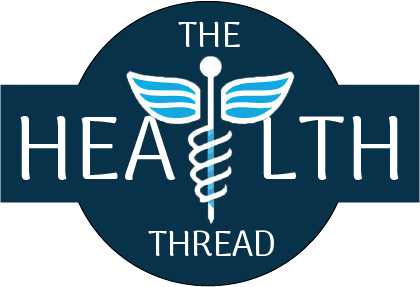Naturopathic medicine is an emerging field within alternative medicine that focuses on holistic, patient-centered care, emphasizing the body’s ability to heal itself. Naturopathic doctors (NDs) combine traditional healing practices with modern scientific knowledge to address the root causes of illness and promote optimal health. This essay explores naturopathic medicine as an emerging alternative medicine, highlighting research findings that support its effectiveness in various health conditions.
Principles and Philosophy of Naturopathic Medicine: Naturopathic medicine is based on six fundamental principles that guide the practice of NDs:
The healing power of nature: Naturopathic medicine recognizes the inherent healing ability of the body and aims to support and facilitate this process.
Identify and treat the cause: NDs seek to identify and address the underlying causes of illness rather than merely alleviating symptoms.
First, do no harm: Naturopathic interventions prioritize the use of natural, noninvasive methods with minimal side effects.
Treat the whole person: NDs consider the physical, mental, emotional, and spiritual aspects of an individual when designing treatment plans.
Doctor as teacher: NDs educate and empower patients to take an active role in their own health and well-being.
Prevention: Naturopathic medicine focuses on prevention by identifying and addressing risk factors for illness before they manifest.
Research Findings and Effectiveness:
Chronic Pain Management: Research supports the efficacy of naturopathic interventions in managing chronic pain. A study examining the impact of naturopathic care on patients with chronic low back pain found significant improvements in pain intensity and quality of life (1). Naturopathic approaches, including acupuncture, botanical medicine, and lifestyle modifications, have shown promise in reducing pain and improving function in individuals with conditions such as fibromyalgia and osteoarthritis (2)(3).
Cardiovascular Health: Studies have investigated the impact of naturopathic interventions on cardiovascular risk factors. Research findings indicate that naturopathic care, incorporating dietary changes, exercise, stress management, and nutritional supplementation, can lead to improvements in blood pressure, cholesterol levels, and overall cardiovascular health (4)(5).
Mental Health and Well-being: Naturopathic medicine offers a comprehensive approach to mental health, addressing both the physical and psychological aspects of well-being. Research has shown that naturopathic interventions, including nutritional counseling, herbal medicine, and mind-body techniques, can be effective in reducing symptoms of anxiety, depression, and stress (6)(7). Naturopathic care has also demonstrated positive outcomes in improving quality of life and overall psychological well-being (8).
Integrative Cancer Care: Naturopathic medicine plays a significant role in integrative cancer care, focusing on supporting patients during and after conventional treatments. Research findings suggest that naturopathic interventions, such as nutritional counseling, botanical medicine, and mind-body therapies, can help manage treatment side effects, improve quality of life, and enhance overall well-being in cancer patients (9)(10).
Women’s Health: Naturopathic medicine offers a range of interventions for women’s health concerns. Studies have explored the effectiveness of naturopathic care in conditions such as polycystic ovary syndrome (PCOS), menopause, and menstrual disorders. Research findings indicate that naturopathic approaches, including dietary modifications, botanical medicine, and acupuncture, can help manage symptoms, restore hormonal balance, and improve quality of life in women (11)(12).
Conclusion:
Naturopathic medicine is an emerging alternative medicine that emphasizes holistic, patient-centered care. With a focus on addressing the root causes of illness and promoting the body’s innate healing capacity, naturopathic medicine offers a unique approach to healthcare. The principles of naturopathic medicine guide NDs in providing personalized treatment plans that consider the physical, mental, emotional, and spiritual aspects of an individual’s well-being.
Research findings support the effectiveness of naturopathic interventions in various health conditions. Studies have shown positive outcomes in chronic pain management, cardiovascular health, mental health and well-being, integrative cancer care, and women’s health. These findings highlight the potential of naturopathic medicine as a valuable addition to conventional healthcare approaches.
It is important to note that while research supports the effectiveness of naturopathic interventions, further studies are needed to explore the mechanisms of action, optimize treatment protocols, and ensure the integration of naturopathic medicine into mainstream healthcare practices. Collaborative efforts between naturopathic doctors, conventional healthcare providers, and researchers can contribute to a more comprehensive understanding and acceptance of naturopathic medicine.
As the field of naturopathic medicine continues to evolve, it holds promise in providing holistic, patient-centered care that addresses the underlying causes of illness and supports optimal health and well-being.
